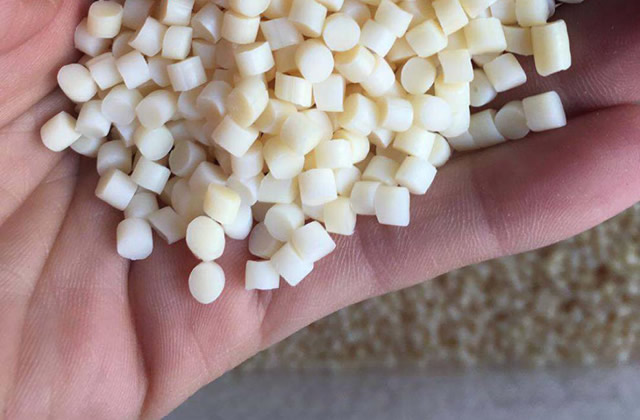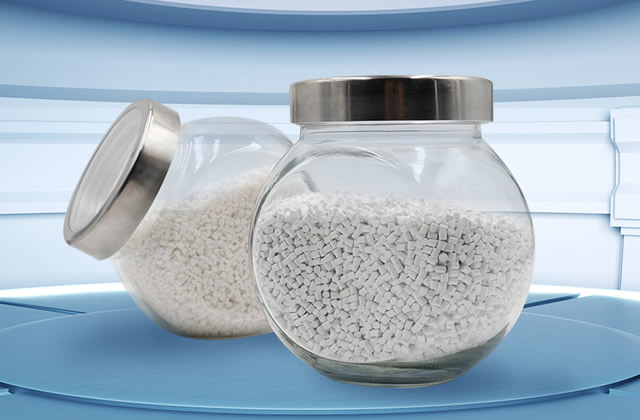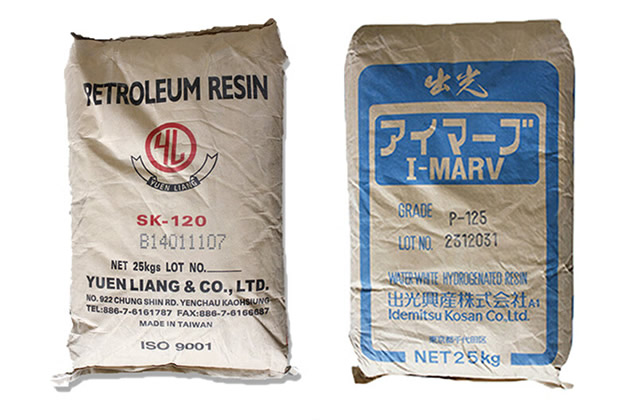1. What is the water-reducing rate of a water-reducing agent?
The water-reducing rate of a water-reducing agent is an important parameter. The size of the water-reducing rate is directly related to Its performance, generally speaking, when the concrete slump is basically the same, the difference between the unit water consumption of concrete without water-reducing agent and the tested concrete mixed with water-reducing agent is the difference between the unit water consumption of concrete without water-reducing agent. The ratio is the water reducing rate of the water reducing agent.
2. How much should the water-reducing rate of the water-reducing agent be greater?
The water-reducing rate of the water-reducing agent has certain standard requirements. Only when the requirements are met It is a qualified water-reducing agent, so what is the water-reducing rate standard for water-reducing agents?
According to the requirements of the national standard “Concrete Admixtures” (GB 8076-2008), water-reducing agents are divided into three types: ordinary water-reducing agents, high-efficiency water-reducing agents and high-performance water-reducing agents. The water reduction rate of the water agent should be greater than 8%, the water reduction rate of the high-efficiency water-reducing agent should be greater than 14%, and the water-reduction rate of the high-performance water-reducing agent should be greater than 25%.

3. Test method for water reducing rate of water reducing agent
The water-reducing rate of water-reducing agent is expressed by the ratio of the difference in unit water consumption of concrete with water-reducing agent and benchmark concrete to the unit water consumption of benchmark concrete, and is calculated by the following formula:
WR =m0-m1/m0×100%
Where WR is the water reduction rate, m0 is the unit water consumption of the benchmark concrete, and m1 is the water-reducing agent added Concrete unit water consumption. The specific test method is:
1. Material and tool preparation
60L self-falling concrete mixer, cement, sand, gravel, water, water reducing agent .
2. Mix proportion
(1) Baseline concrete mix proportion: designed according to the “Ordinary Concrete Mix Proportion Design Regulations” (JGJ55~2001). The proportions of cement, sand and stone in concrete mixed with non-air-entraining water-reducing admixture and standard concrete remain unchanged.
(2) Cement dosage: when using pebbles, (310±5) kg/m³; when using gravel, (330±5) kg/m³.
(3) Sand rate: The sand rate of the benchmark concrete and the concrete mixed with water-reducing admixture is 36% to 40%, but the sand rate of the concrete mixed with air-entraining water-reducing admixture should be higher than that of the benchmark concrete.Soil is 1% to 3% lower.
(4) Water-reducing agent dosage: according to the dosage recommended by scientific research units or manufacturers.
(5) Water consumption: The concrete slump should reach (80±10) mm.
3. Mixing
Use a 60L self-falling concrete mixer. All materials and admixtures are put in at one time. The mixing volume should be no less than 15L and no more than 15L. 45L, stir for 3 minutes, stir 2 to 3 times on the iron plate after discharging, and then test again.
4. Measurement steps
(1) Mix the benchmark concrete according to the benchmark concrete mix ratio.
(2) Control water consumption and measure the slump of benchmark concrete. Make the slump of the reference concrete reach (80±10) mm, and record the unit water consumption m0 at this time.
(3) Mix the concrete mixed with water-reducing agent according to the mix ratio of the concrete mixed with water-reducing agent.
(4) Control the water consumption and measure the slump of concrete mixed with water-reducing agent. Make the slump of the concrete mixed with water-reducing agent reach (80±10) mm, and record the unit water consumption m1 at this time.
(5) Repeat the above test steps for two more batches, then obtain the data and calculate the water reduction rate.
If the website content violates your rights, please contact us to delete it。








